Introduction to organic Avocado farming
Organic Avocado trees are attractive, broad-leaved evergreens. The yellow-green flesh of the fruits is rich in protein and oil. Organic Avocado is a unique food. This fruit mostly consists of carbohydrates and is high in healthy fats.
A step by step guide to organic Avocado farming, and the planting procedure
If you are planning for commercial organic Avocado farming, you are in the right place. Avocado fruit is highly-priced for its high nutrient value, its good flavor, and its rich texture. Organic Avocados are rich in nutrients like vitamins and minerals.
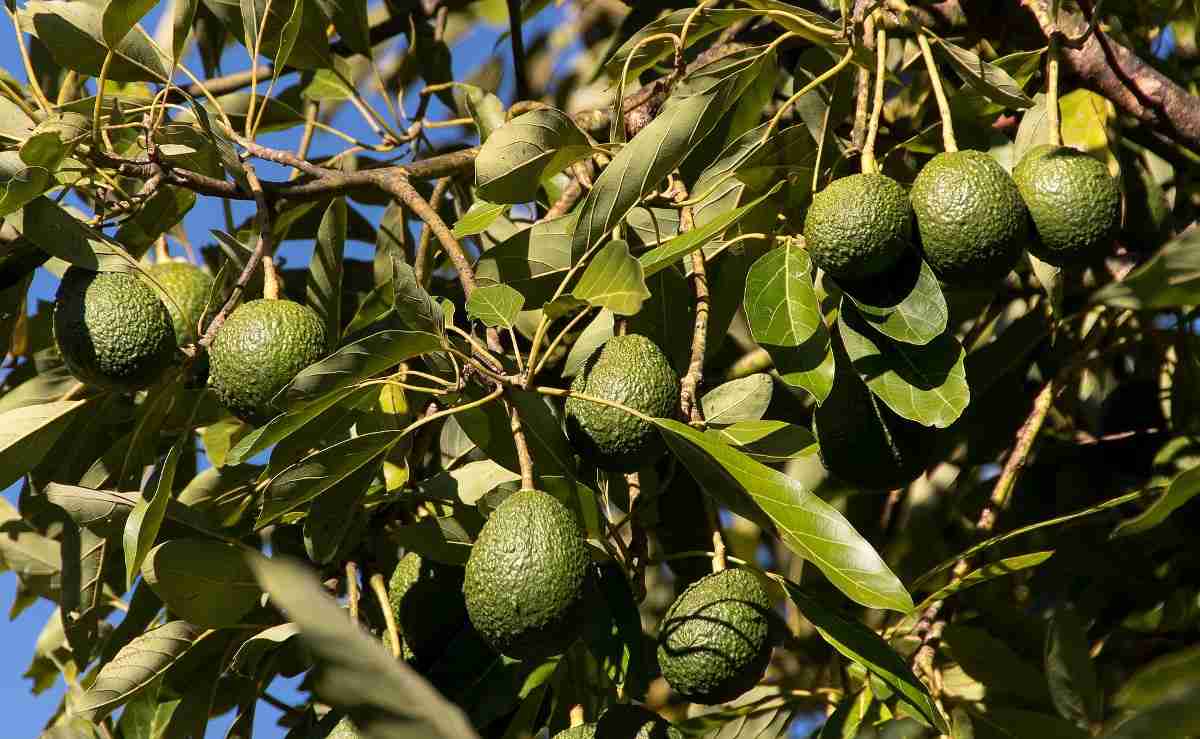
Soil requirement for organic Avocado farming
Choose full sun and very well-drained soil with a pH of 5.5 to 6.5. If you have poor drainage, plant your tree in a large raised bed or mound. Avoid windy locations, as the trees are prone to breakage. Using a soil test kit, check the soil. It should be at a pH of 7 or below. If the soil is alkaline, amend the soil with organic matter, like sphagnum moss. For every 2 ½ pounds of peat moss added to one square yard of soil, the soil pH lowers by one unit.
Select a full sun site and dig a hole as deep as the root ball and a little wider. Gently ease the tree into the hole. If the tree is root bound, loosen the soil and lightly clip the roots. Fill in with soil. Mulch around the tree with coarse yard mulch (redwood bark, cocoa bean husks, shredded tree bark) at the rate of 1/3 cubic yard per tree. Be sure to stay 6 to 8 inches away from the trunk of the tree. Cover cropping and mulches also start the process of increasing soil organic matter which is critical for plant growth and health in an organic system. This organic matter is supplemented with organic nutrients, such as kelp, fish emulsion, soybean meal, compost, and other sources of nutrients.
Organic farming promotes the use of cover crops and crop rotations and encourages balanced predator or host relationships. Organic nutrients and residues and produced on the farm are recycled back to the soil. Composted manure and cover crops are used to maintain soil organic matter and fertility. Preventive disease and insect control methods are practiced, including crop rotation, improved genetics, and resistant varieties. Integrated weed and pest management, and soil conservation systems are valuable tools on an organic farm
Organic Avocado planting and spacing
The high-density plantation helps give higher production but the high-density plantation of the Avocado tree may lead to problems in the canopy management in the later years of cultivation. So, these should be planted at a good distance for the healthy production of fruits.
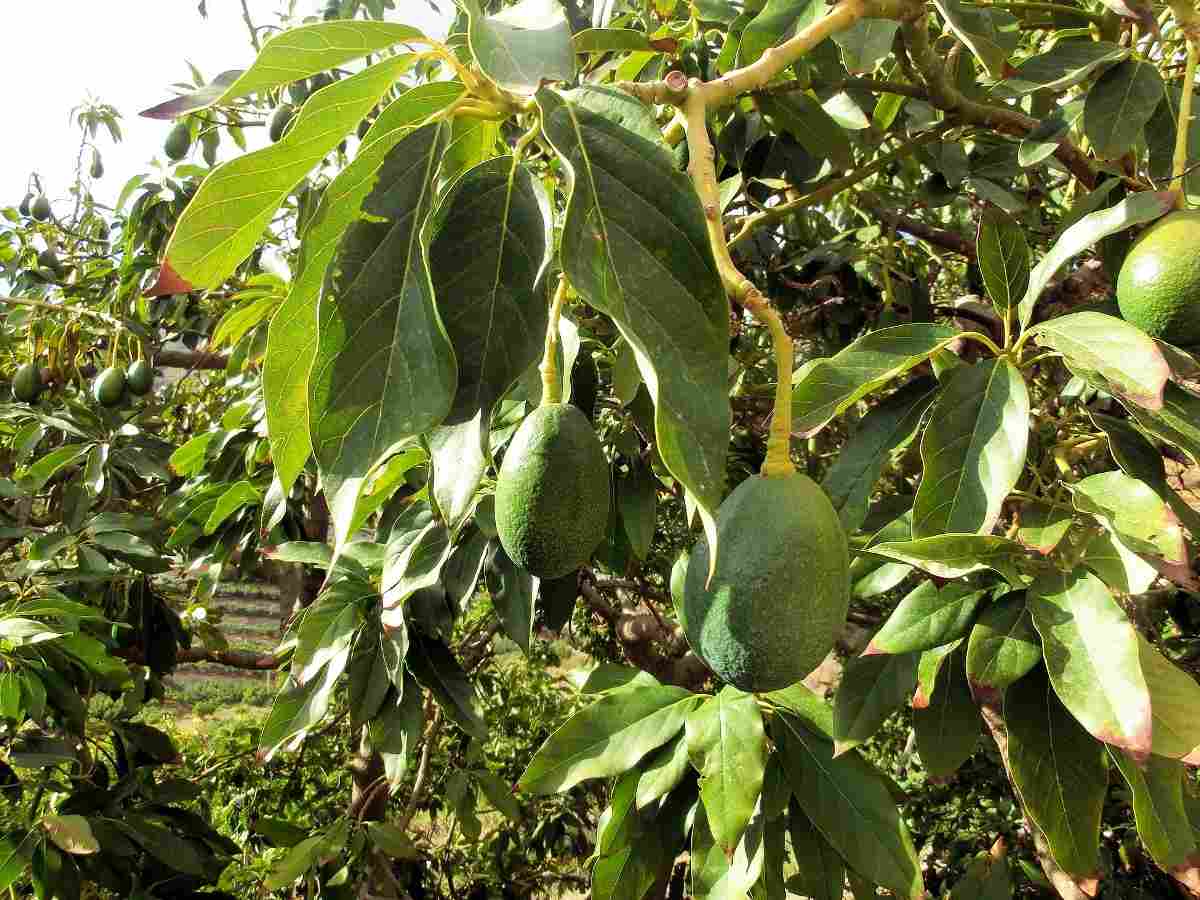
Usually, a spacing of 10 X 10 meters to 12 X 12 meters is adopted for the commercial Avocado cultivation. With this spacing, one can easily plant trees, around 100 trees or plants per hectare land.
Though, it is also possible to grow about 300 plants and even more than it with the help of high-density plantation such as 12 x 6m, 8 x 4 m, 10 x 5 m, for higher production of fruits. But, it requires the use of hedging machines and also of growth controlling sprays in the cultivation.
Irrigation requirement for an organic Avocado farming
In India, Avocado is grown in those areas where rainfall is high and fairly distributed throughout the year. Therefore it is grown under rainfed conditions and irrigation is generally not given. Irrigation at intervals of 3 to 4 weeks during the dry months is beneficial. Sprinkler irrigation has been reported to improve the fruit size and oil percentage and advances harvesting time. To avoid moisture stress during winter, mulching with dry leaves or dry grass is desirable. Flooding is undesirable as it promotes root rot incidence.
Avocado tree pruning
Avocados need very little pruning. Pinch back upright shoots to control the height. Other than that, pruning will reduce yields and expose the trunk to sunburn damage.
Avocado tree care
Water young trees weekly, mature trees every other week or often enough to prevent wilting. If your water contains a lot of salts, flood the tree every fourth watering to flush out salt built-up and lessen possible root damage.
You should not miss this: Organic Cucumber Farming In Greenhouse.
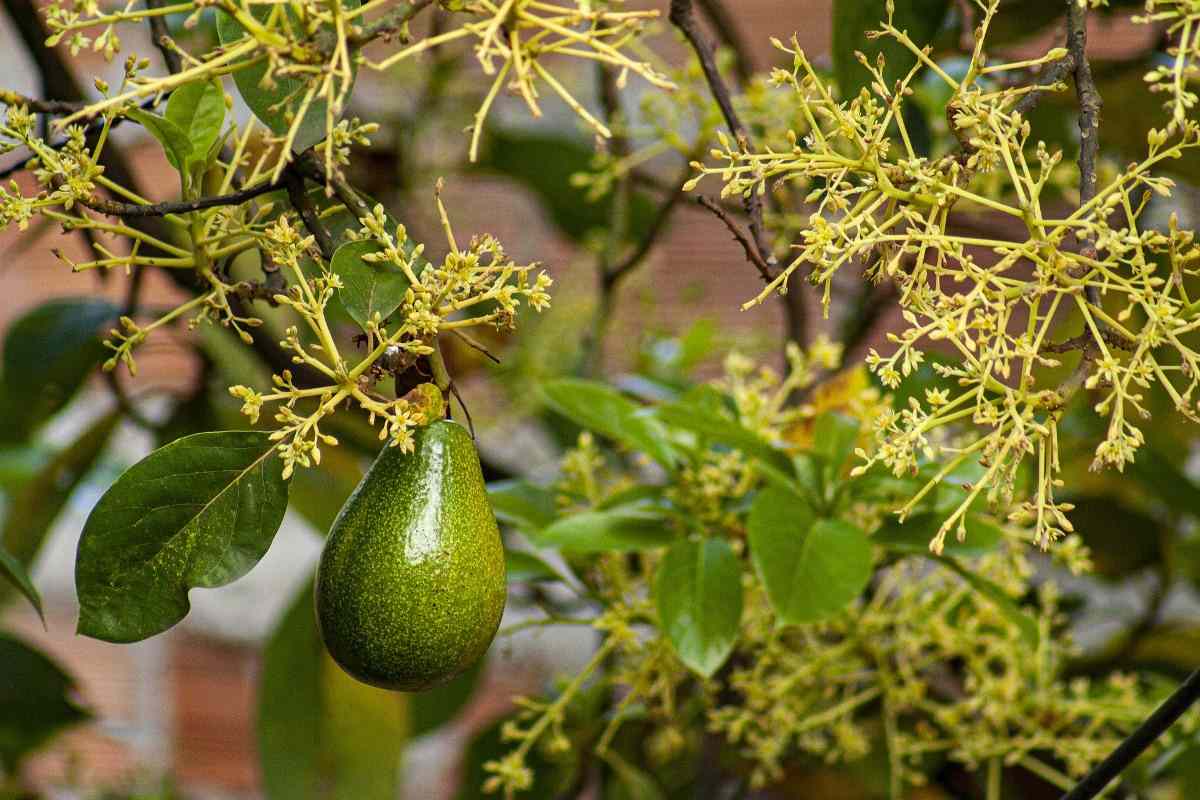
Apply a thick layer of organic mulch out to the drip line to conserve water and protect roots. Keep mulch one foot away from the trunk. If a young tree is not growing vigorously, an application of compost in early spring to midsummer is helpful. If new leaves yellow, have the soil tested. It may be a pH problem.
Organic fertilizers for Avocado farming
Fertilizing Avocado trees, along with general care and proper planting, will give you the best chance of an abundant and healthy crop of fruit. The feeding of Avocado plants is determined by the soil composition. That is, we fertilize to make up for any nutritional deficiencies in the soil, not to directly feed the tree with its nutrient requirements. Avocados need nitrogen, first and foremost, and a little zinc. You can use a citrus tree fertilizer as an Avocado fertilizer or go organic and use compost, coffee, fish emulsion, etc.
Some Avocado tree fertilizer is recommended since as the tree matures its nutritional needs change and the soil nutrient levels become reduced. You can minimize feeding Avocado plants by properly planting them. Proper planting and general care will set you up for a healthy tree that requires little additional care as it matures. Avocados are shallowly rooted trees with most of their feeder roots at the top 6 inches or so of soil. Because of this, they need to be planted in well-aerated soil. Trees should be planted in spring when soil temps have warmed and in an area protected from wind and frost. Also, keep your Avocado away from any areas of lawn where competition for nitrogen may keep the tree from up taking enough of that nutrient.
You may also check this: Organic Radish Farming, Planting, And Growing Practices.
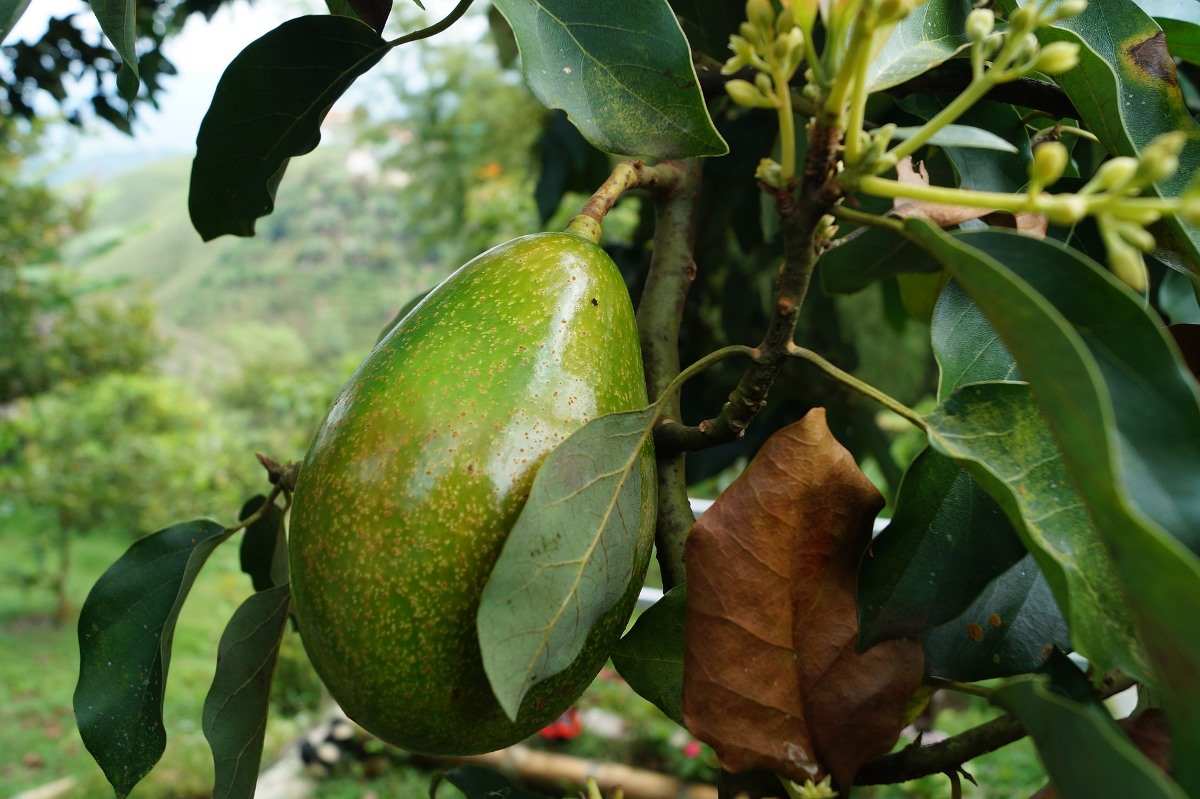
To obtain good growth and high fruit yields, it is important to supply the necessary nutrients. Several factors should be taken into account when deciding on fertilizer rates. The existing fertility of the soil should be determined. The fruit yields, age of the trees, the chemical and physical characteristics as a function of climate, determine nutrient losses through leaching, which affects uptake by the trees. It is advisable not to top-dress with nitrogen in the first four to five months after transplanting. After this period, 60g of 26 percent of Nitrate (N) fertilizer should be applied every three months when the soil is moist. Nearly 15 to 30kg of well-rotten farmyard manure also be spread around the tree. The use of farmyard manure is strongly recommended for young orchards since it improves the physical characteristics of the soil and supplies nutrients to trees, promoting the uptake of micro-nutrients. Heavy applications of nitrogen may burn the shallow roots of these trees. The nutritional needs of the tree change as it matures and as the soil’s nutrient content and pH change.
Mulches can also be a significant source of plant nutrients. Organic growers of other crops typically use a combination of foliar sprays (fish and plant extracts, growth stimulators, minerals), compost, and cover crops. The nature of the Avocado plant leaf does not lend itself to foliar uptake, so any materials need to be applied by hand or fertigated.
Growers tend to use low analysis fertilizers because that is what is available organically. Compost, due to its high trucking cost is used only if it is produced locally. Compost has been shown to improve soil structure, water penetration, and water-holding capacity, as well as providing most or all nutrients needed for plant growth.
Organic pest and disease control in Avocado farming
The most common Avocado problem is root rot. Symptoms include no new growth, very small fruit, and leaf yellowing and wilting. In advanced cases, a tree may die or survive in poor health for many years. Prevent root rot by providing good drainage and not over-watering. Avocados are sometimes attacked by fungal diseases such as anthracnose, scab, and powdery mildew. They all thrive in high humidity. Control fungal diseases by spacing trees widely and trimming back surrounding trees to increase sunlight. Insects do very little damage to Avocado trees unless the tree is weakened by disease. Some cultivars naturally tend to fruit lightly, then heavily, in alternate years. Check with your local independent nursery for the best variety for your area.
A few pests plague Avocado trees. Root fungus and salt accumulation seem to be the most prevalent troubles for Avocado trees. Salt accumulation can be handled by deep watering of the plant, while root fungus can be prevented by providing your tree with favorable soil conditions that are aerated and well-draining.
Borers and mites can also cause issues for Avocado trees. Borers tunnel themselves into Avocado trees and feed on the tree and lay their eggs. It is best to cut off the damaged branches where borers are present. Dispose of the branches far away from your crop. Mites can be mitigated by applications of horticultural oils that can be sprayed onto the infested leaves.
Caterpillars
Caterpillars chewing through apples have a strong basis in reality.
Treatment Options – Caterpillars can be treated with a bacterial spray called Bacillus thuringiensis. By taking care to spray the leaves and the insides of any buds, you can stop a caterpillar infestation dead in its tracks.
Sunblotch
Avocado trees that have been hit by sunblotch are often stunted in growth, discolored in the twigs and the bark, and, perhaps most importantly, yield discolored fruit.
Treatment Options – Because sun blotch can’t be cured, tree owners have to focus on preventing it from spreading. Pruning tools need to be sanitized in bleach if they’ve been used on a sunblotch-infected area and if you can, using separate and uncontaminated tools for healthy trees is ideal. In situations where a single tree is at issue, it’s sometimes recommended that you destroy the infected tree to prevent spread to the others.
Cankers
You don’t have to be a tree whisperer to see when a tree is suffering from cankers. This may be merely unsightly if it’s just branches and trees affected, but if cankers develop in the trunk, this is a condition that could potentially kill your tree.
Treatment Options – Cankers require a multi-faceted approach to treatment. Pruning and removing dead and dying branches below the area that’s been infected is a good start along with being careful to seal the pruning cuts. To address the bacteria causing the cankers, fungicides are often highly recommended.
Fruit rots
Fruit rots, caused by fungal pathogens, typically occur where sanitation is poor and tree stressors are high. These fungi may overwinter in plant debris on the ground around the tree, or in fruits that are left on the tree after harvesting Avocados. Proper pruning and prompt removal of fruits will help stop the disease.
Root rots
Root rots generally appear in areas with poor drainage or in trees that are chronically over watered. If conditions can be improved, the tree may be able to be saved. Sometimes, digging around the tree and exposing the roots will allow the crown to dry enough to prevent tree death.
Mealybugs
If you see honeydew on your leaves, especially in combination with sooty mold, mealybugs may be the cause. Mealybugs are destructive. Ants are usually present with mealybugs, but once the ants are controlled, natural enemies like birds and ladybird beetles will usually manage the infestation quickly. Minor infestations can be managed by handpicking or dabbing with rubbing alcohol. Bigger infestations can be managed with a strong spray of water and the application of an insecticidal soap or neem oil.
Slugs and Snails
Slugs and snails are annoying in the Avocado trees, but the good news is that they only strike when it is cool and damp, usually at night. They attack leaves and fruit. They are easily located and picked off if you are around at the right time, usually after dark and early in the morning. Shallow plates can be placed at the base of the trees and filled with beer. The snails and slugs can’t resist the fermented liquid and will drink themselves to death.
Mites
These pests aren’t always easy to spot visually, but the damage they do to leaves is undeniable. If allowed to go unchecked, mite populations are capable of growing rapidly.
Treatment Options – The introduction of predator mites is one solution that’s available to tree owners, but the most effective treatment for mites is specialized horticultural oil.
Thrips – Thrips rarely cause serious damage to trees, but will seriously scar fruits. Scabby or leathery brown scars appear as fruits enlarge, sometimes stunting fruits. Careful pruning and fertilizing will help prevent thrips, who are attracted to tender flushes of growth. They can be destroyed with horticultural oil.
Avocado fruit harvesting
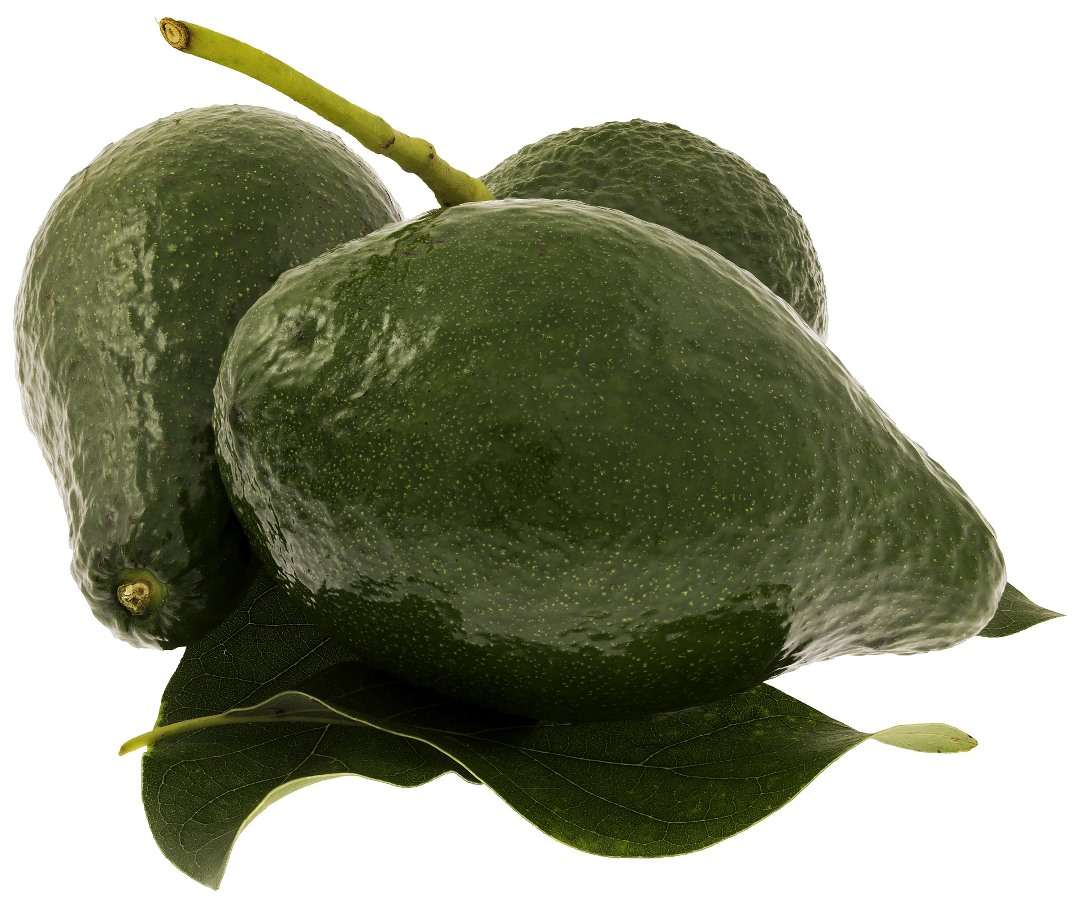
Avocado plants raised from seeds start bearing 5 to 6 years after planting. Mature Avocado fruits of purple varieties change their color from purple to maroon, whereas Avocado fruits of green varieties become greenish-yellow. Fruits are ready for harvest when the color of the seed coat within the fruit changes from yellowish-white to dark brown. Mature fruits ripen 6 to 10 days after harvesting. Harvest Avocados by cutting the fruit from the tree, leaving a small piece of stem attached. Handle carefully to avoid bruising. Avocados are ready to eat when they yield slightly when squeezed. The fruits remain hard as long as they stay on the trees, softening only after harvest.
In case if you are interested in this: Growing GrapeFruit In Backyard.
Please, Where can I get the AVACADO? seedlings
Thanks, And regards,
Fortune A.E
I am a retired medical doctor interested in fruit farming, as a hobby. I have two avocado trees in front of my house about 30 ft apart. They get thrips covering the whole tree and branches every year and almost do not give fruit. I am planning to spray Neem oil now, when it is full of flowers, sometime scared that it may interrupt the pollination process . Please advise me when, how and what I should do.
Thanking you.